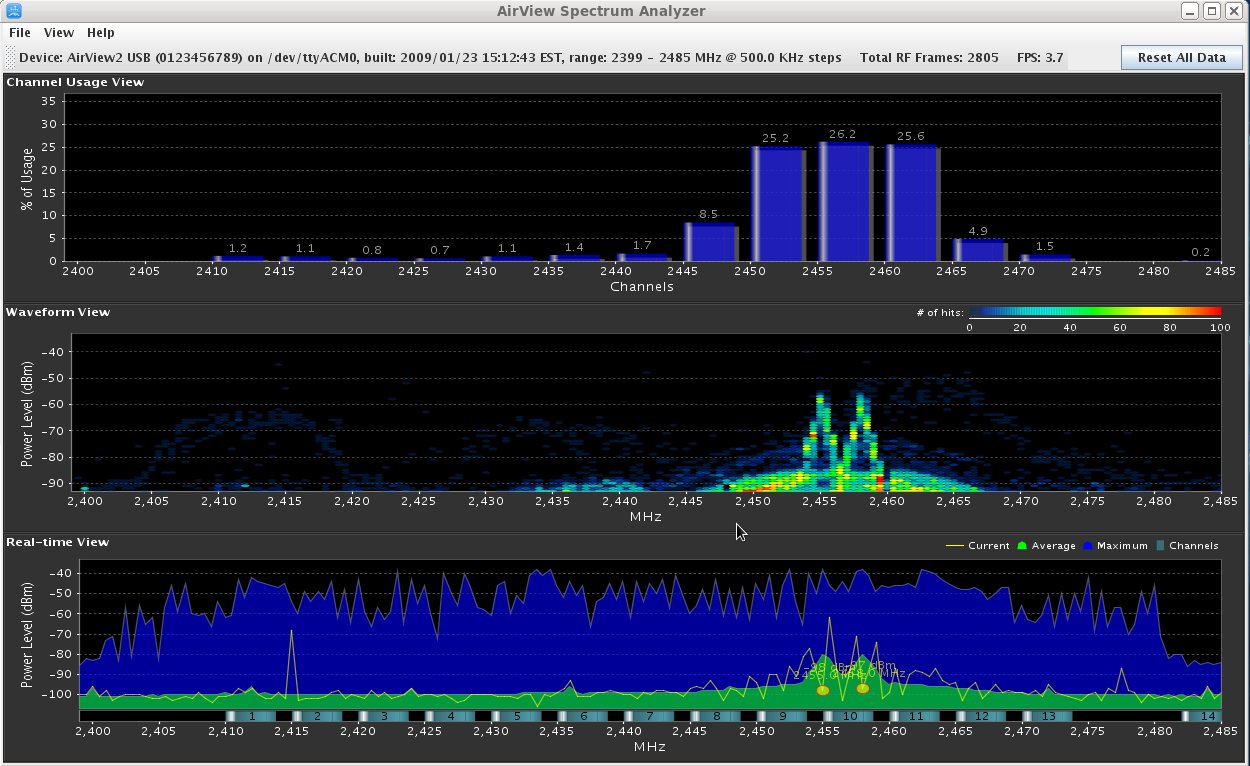

Now, let’s look at Aruba’s AP207 which does NOT support spectrum analysis capability and it is an entry-level AP. On the other hand, some vendors are offer spectrum capable APs which are Level3 but offering non-spectrum capable APs, interestingly, which are on “Level2” Some vendors are offering spectrum capable APs, which are on “Capability Level3” and offering non-spectrum capable APs which are on “Capability Level1” So, this type of APs can report the “reason” and “source” of the non-WiFi energy. Capability Level3 – An AP which broadcast WiFi signal and it has correct hardware/software components to see the actual FFT from the channel and it has correct algorithm to see duty cycle of the channel to understand (or tries to understand) the source of the signal whether it is coming from a microwave oven, or from a Bluetooth device or from a Video bridge etc.If there is a non-WiFi energy on the channel, AP can see the existence of non-WiFi energy, can report the level the signal occupies in the given channel/spectrum space and the AP is capable of changing the channel to get better channel with less non-WiFi interference. Capability Level2 – An AP which broadcast WiFi signal and sees the channel metrics including WiFi and non-WiFi energy levels on the channel it operates.If the Ap is on channel1 and there is a non-WiFi energy on the same frequency, AP cannot see that energy, cannot report it, cannot change channels to jump to a “cleaner” channel. Capability Level1 – An AP which is doing basic WiFi stuff, but no capability to see non-WiFi energy on the channel.What are the capability levels that we can expect from APs? Non-spectrum capable Aps, which have no spectrum visibility for non-WiFi energy.Spectrum Capable Aps, which have integrated spectrum analyzer to see the raw energy in the environment.On the other hands, there are basically two types of Access Points, in the enterprise/telco market. Data transmitting, out-of-band non-WiFi devices, such as LTE or 3G multi-band equipment, whose -probably- third harmonics hit 2.4Ghz WiFi band.Data transmitting, in-band non-WiFi devices, such as video bridges.Non-data-transmitting devices, such as Microwave ovens or other magnetron based devices.

There can be numerous non-WiFi energy sources hitting to 2.4Ghz band, such as: Those can be on 2.4Ghz and 5Ghz but the 2.4Ghz is especially crowded in terms of both WiFi and non-WiFi energy levels on those bands.Įnterprise and Telco grade access points should be able to detect/understand and measure the energy levels, not only coming from WiFi based sources, but also non-WiFi based sources. Many WiFi-focused people have seen some disruptive non-WiFi interference on WiFi bands.


 0 kommentar(er)
0 kommentar(er)
